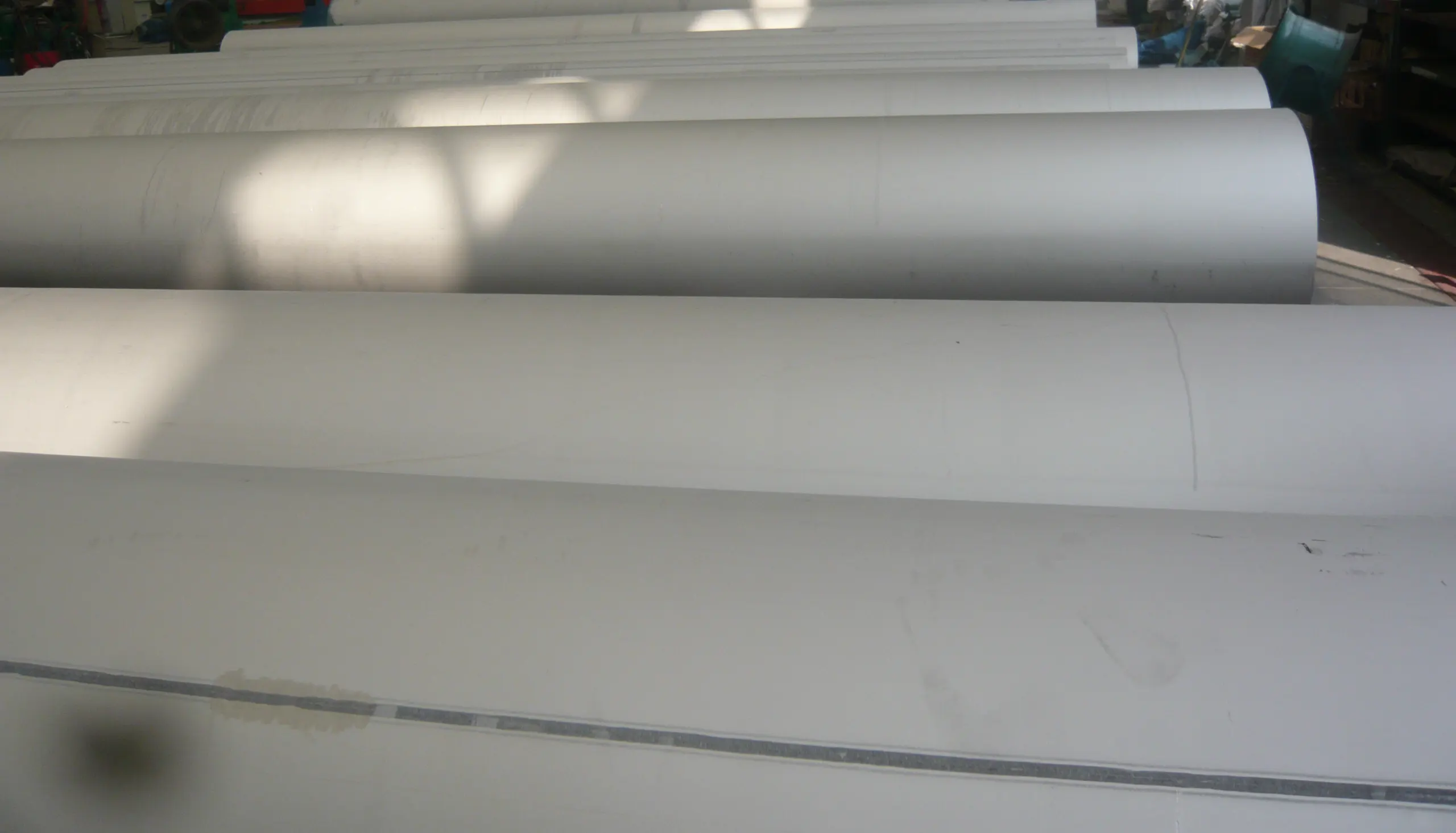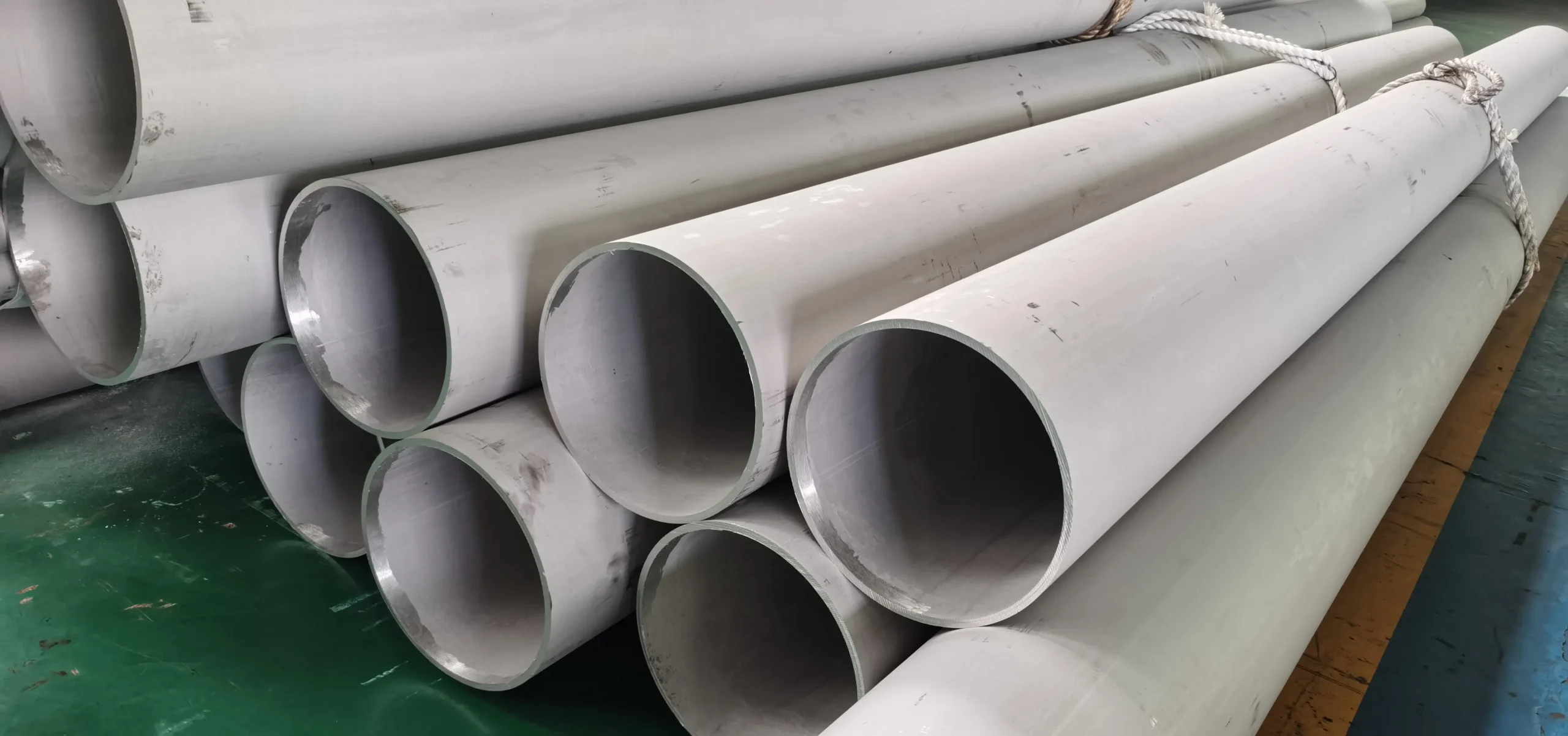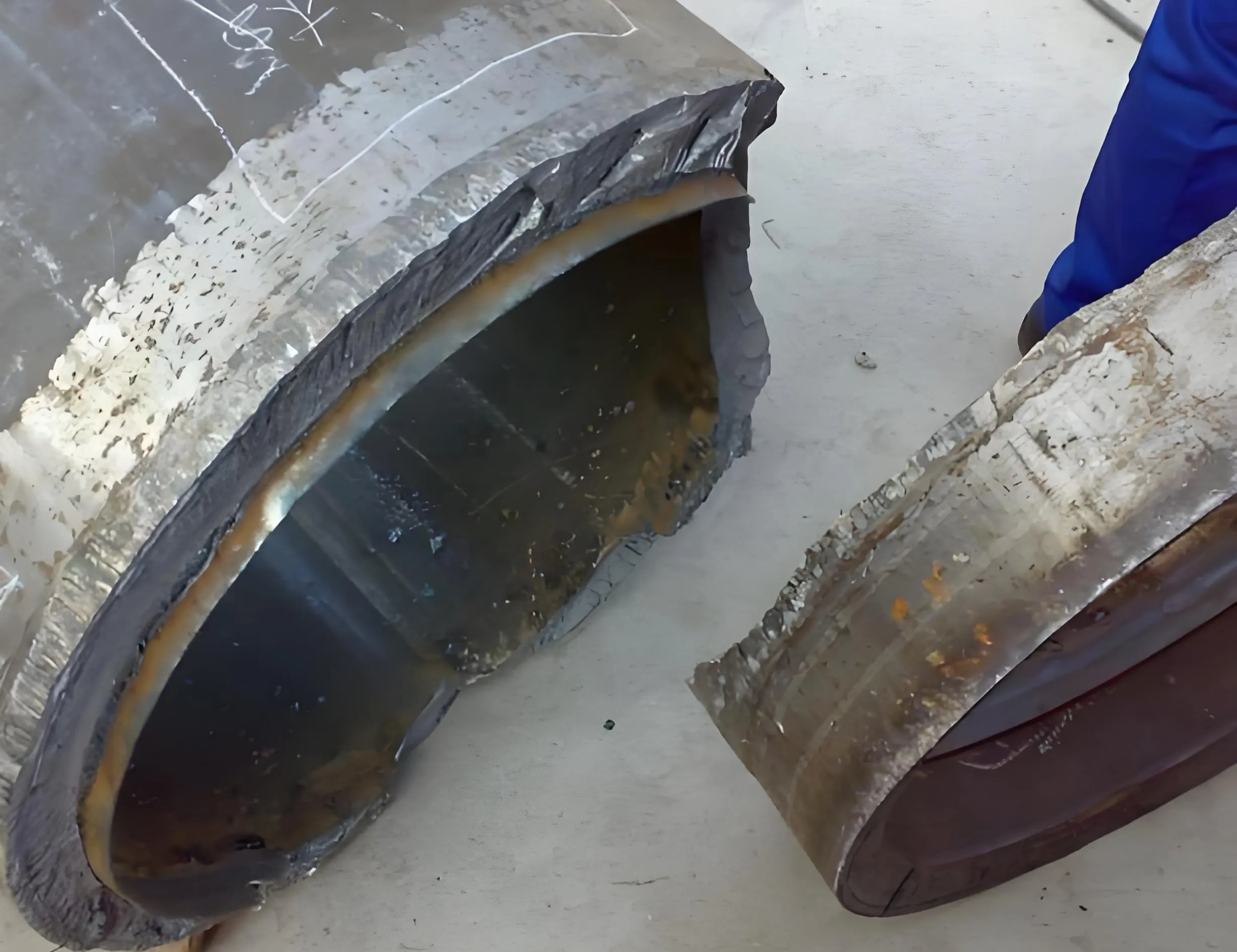Les propriétés magnétiques de l'acier inoxydable dépendent de la type et composition de l'acier. Certains aciers inoxydables sont magnétiques, tandis que d'autres ne le sont pas.
Pour comprendre ce phénomène, il faut se pencher sur la structure du matériau. Les différents types d'acier inoxydable présentent des caractéristiques magnétiques distinctes.
Qu'est-ce qui rend l'acier et l'acier inoxydable magnétiques ?
Ce que nous faisons
- Plaque
- Feuille
- Forgeage
- Barre ronde
- Bride
- Tuyaux
- Raccords
- Sur mesure
Contactez-nous pour plus d'informations
Types d'acier inoxydable et leurs propriétés magnétiques
L'acier inoxydable est connu pour ses résistance à la corrosion.Cependant, ses propriétés magnétiques varient considérablement. Le magnétisme est influencé par sa microstructure, qui est modifiée par ses éléments d'alliage et ses méthodes de traitement.
Aciers inoxydables austénitiques : principalement non magnétiques
Aciers inoxydables austénitiques, tels que Acier 304 et Acier 316, sont largement utilisés. Ils sont principalement non magnétique en raison de leur structure cubique à faces centrées (FCC).
La présence de nickel dans leur composition perturbe l'alignement des atomes de fer. Cette perturbation réduit considérablement leurs propriétés magnétiques.
Bien qu'ils soient pour la plupart non magnétiques, certains aciers austénitiques peuvent devenir légèrement magnétiques. Le travail à froid peut induire un faible degré de magnétisme dans ces matériaux.
Aciers inoxydables ferritiques et martensitiques : types magnétiques
Les aciers inoxydables ferritiques, tels que le type 430, sont magnétiques. Cela est dû à leur structure cristalline cubique centrée (BCC).
Aciers inoxydables martensitiques sont également magnétiques. Ils peuvent être durcis par traitement thermique, ce qui les rend adaptés à la fabrication d'outils et de couteaux.
Les aciers ferritiques et martensitiques sont utilisés lorsque leurs propriétés magnétiques sont avantageuses. Leurs applications vont des équipements de cuisine aux pièces automobiles.
Aciers inoxydables duplex et à durcissement par précipitation
Aciers inoxydables duplex ont une microstructure mixte d'austénite et de ferrite. Cela leur confère propriétés partiellement magnétiques.
Les aciers inoxydables durcissables par précipitation présentent une bonne résistance et caractéristiques magnétiques. Ils sont utilisés dans l'aérospatiale et industries nucléaires pour leur durabilité.
Ces types comblent le fossé entre les aciers non magnétiques et les aciers entièrement magnétiques. Leurs propriétés uniques répondent à des besoins spécialisés, où la résistance et le magnétisme sont tous deux requis.
Facteurs influençant le magnétisme de l'acier inoxydable
Plusieurs facteurs influencent le magnétisme de l'acier inoxydable. Chacun d'entre eux joue un rôle dans la détermination du magnétisme de l'acier.
Un facteur important est l'acier. composition chimique. La présence d'éléments tels que le nickel peut réduire le magnétisme.
Les processus de fabrication influence également le magnétisme. Le travail à froid peut augmenter les propriétés magnétiques des aciers non magnétiques.
- Composition chimique : Présence de nickel et chrome.
- Microstructure : détermine les propriétés magnétiques.
- Méthodes de traitement : Travail à froid, traitement thermique.
Pourquoi le magnétisme est-il important ?
Les propriétés magnétiques déterminent si un matériau est adapté à des utilisations spécifiques. Ces considérations peuvent avoir un impact sur les performances et l'efficacité.
En électronique, l'acier inoxydable magnétique est essentiel. Il est utilisé dans les capteurs et les séparateurs magnétiques. Les types non magnétiques réduisent les interférences, ce qui les rend idéaux pour certains appareils.
Applications
- Dispositifs médicaux : nécessitent de l'acier non magnétique.
- Matériaux de construction : utilisez des types magnétiques pour plus de stabilité.
- Composants électroniques : dépendent de propriétés magnétiques spécifiques.
Comment tester si l'acier inoxydable est magnétique
- Placez un aimant sur la surface en acier.
- Si elle adhère, l'acier est magnétique.
- Si ce n'est pas le cas, l'acier est probablement non magnétique.
Vous voudrez peut-être aussi lire :
L'acier inoxydable rouille-t-il ?
L'acier inoxydable se ternit-il ?
Nous contacter
- RM901 No.22 Tangjiaqiao Road Wenzhou Chine
- +86 577 8551 1171
- [email protected]
- https://www.kaysuns.com/



